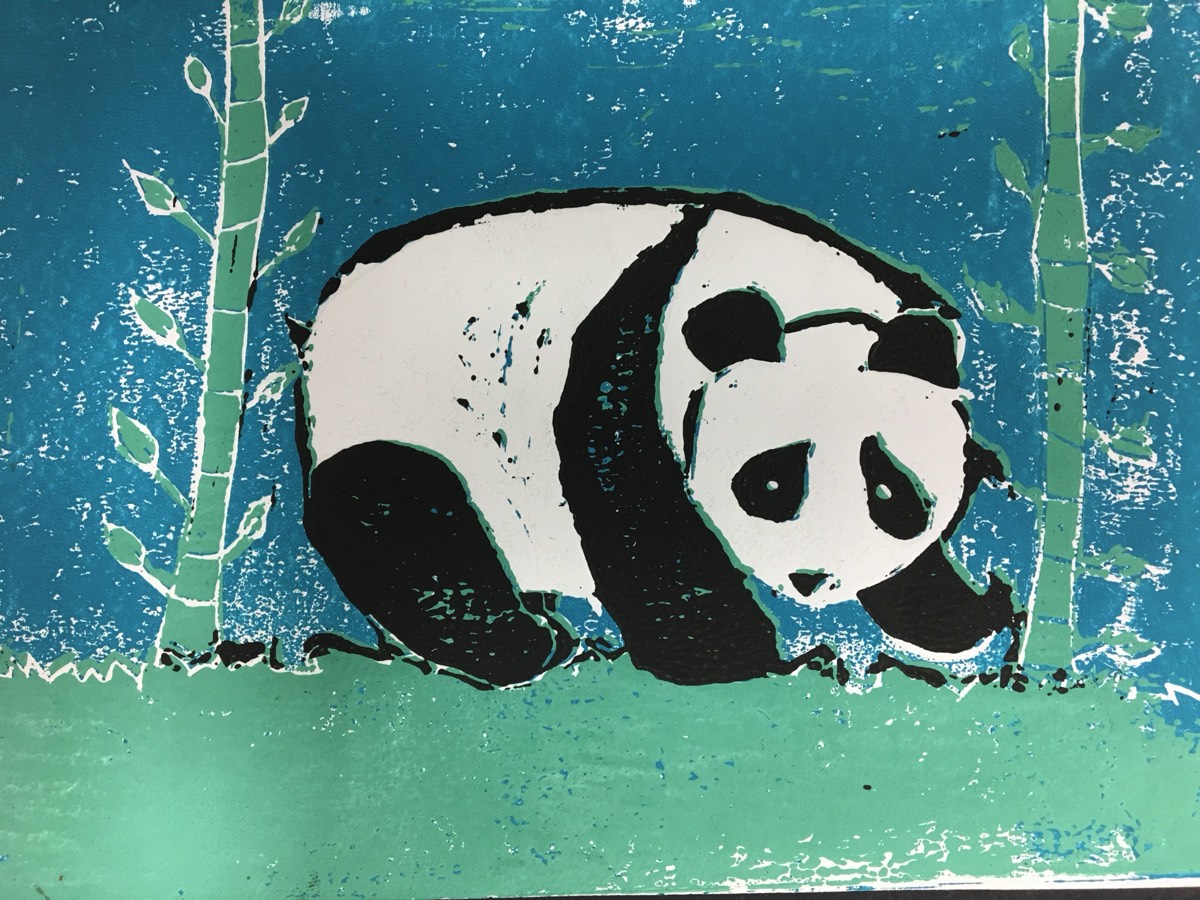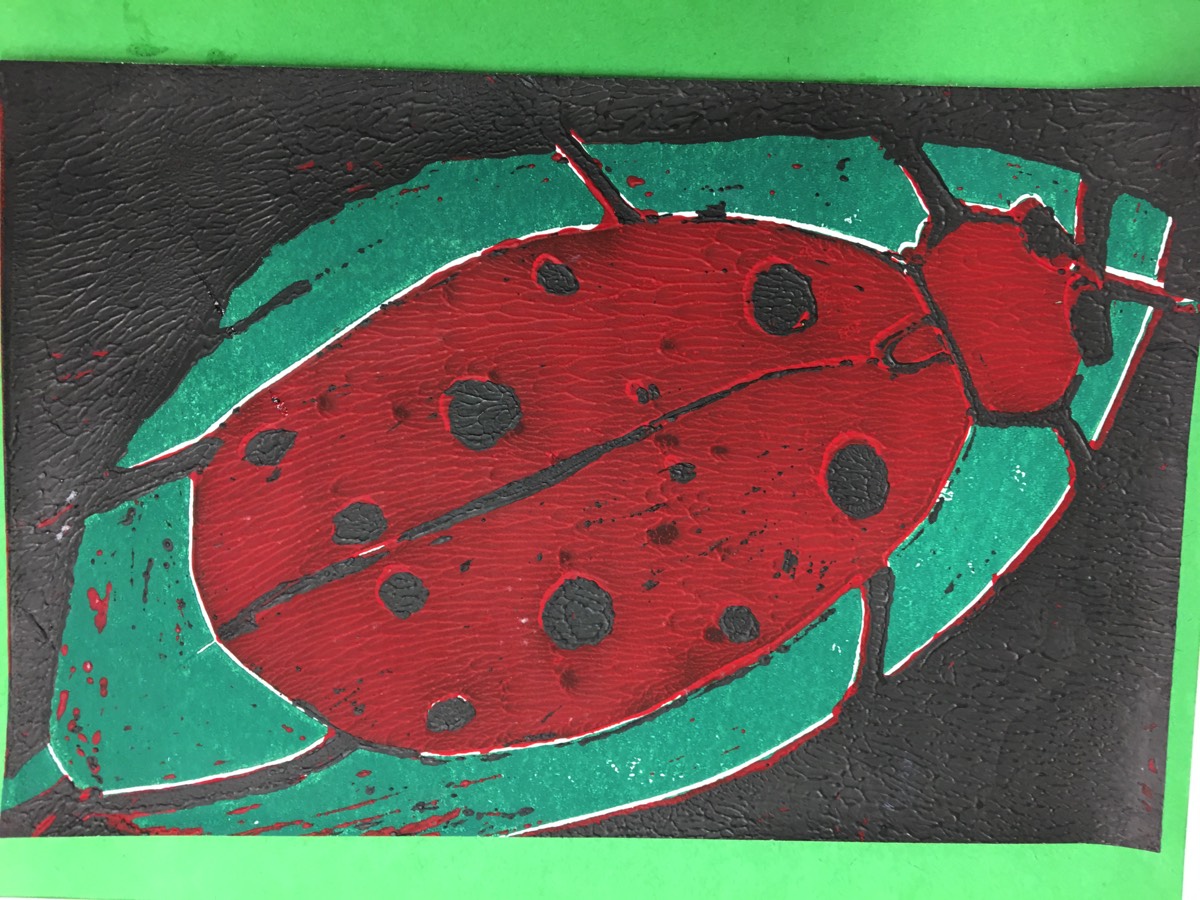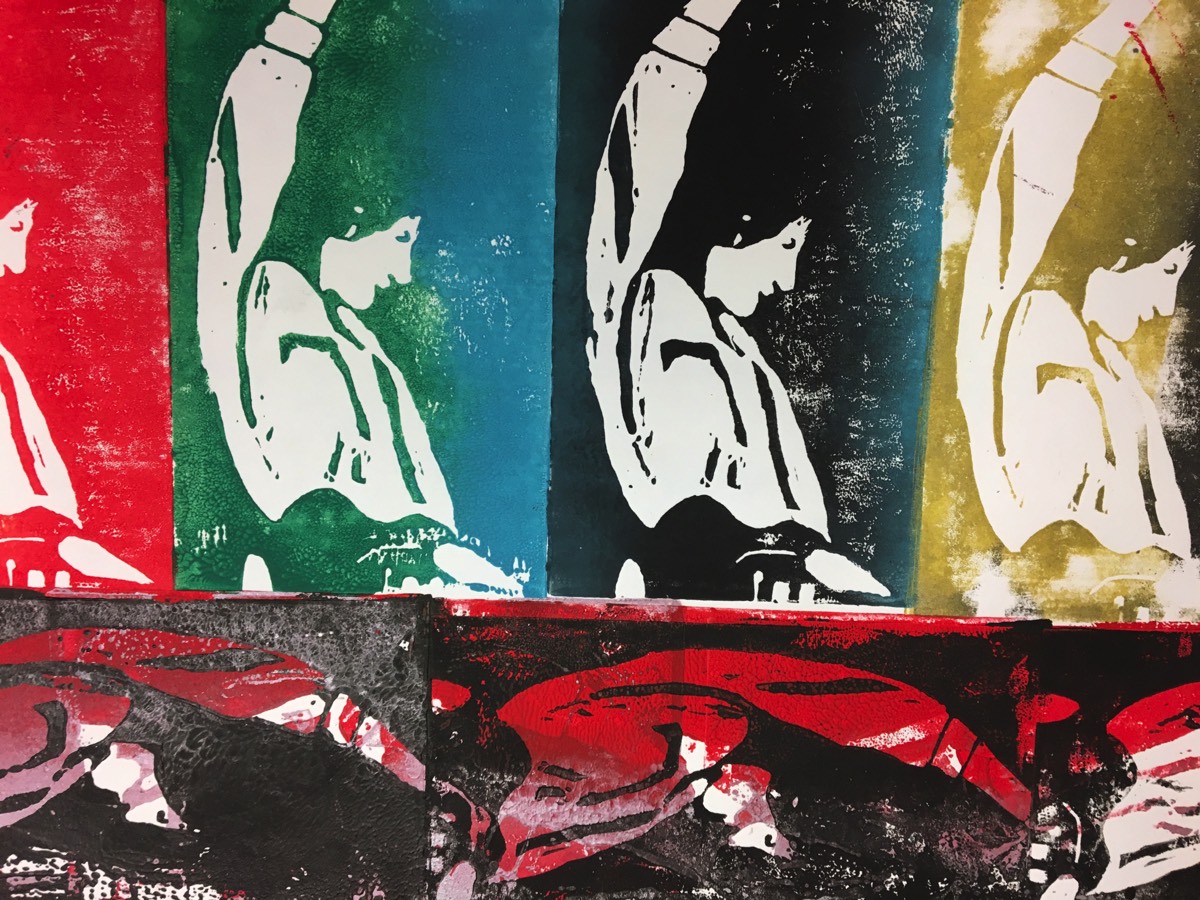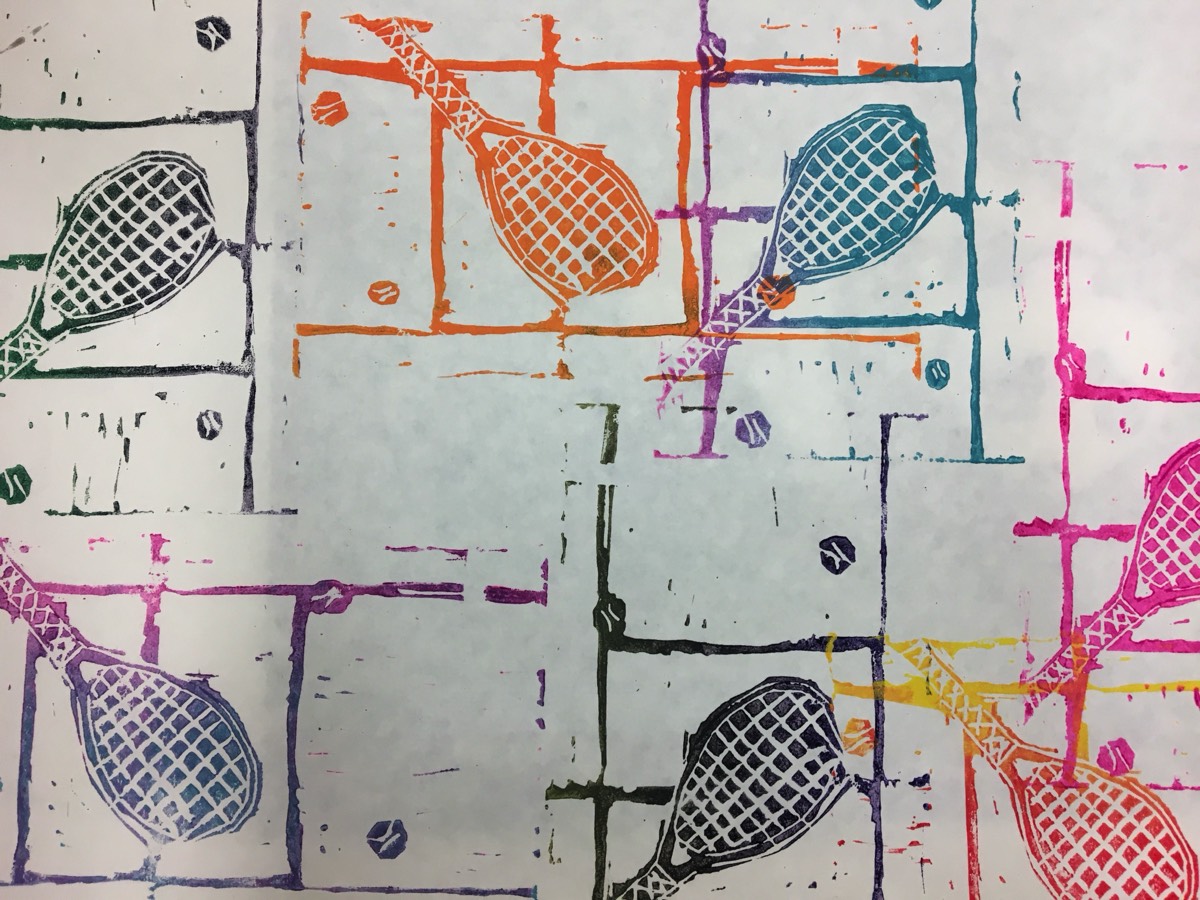Printmaking Project (Extra Credit)
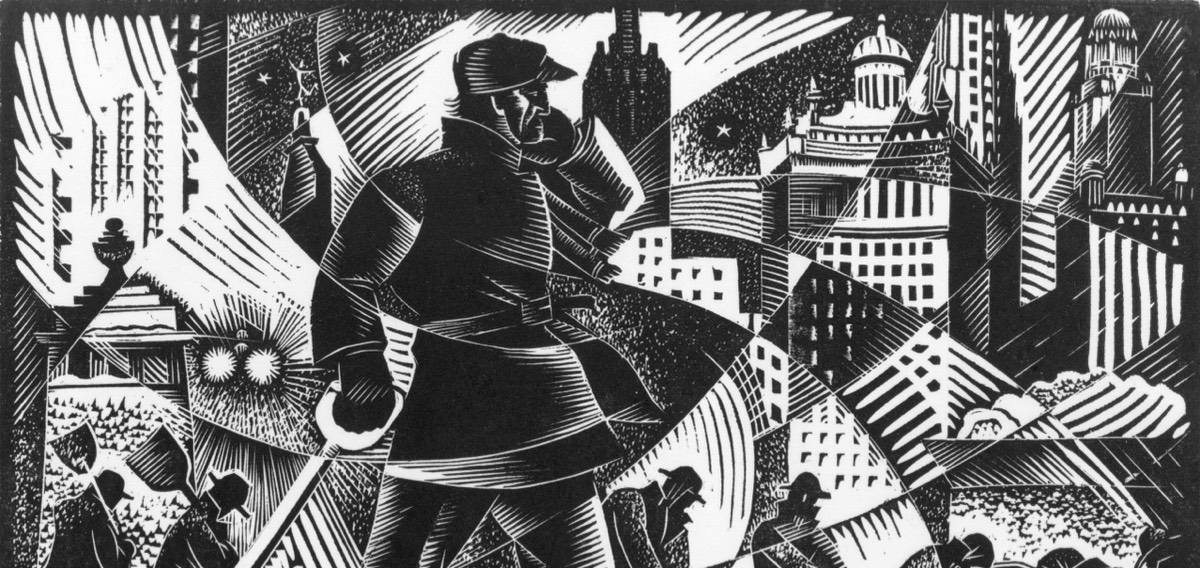
Project Description:
The curriculum for 7th graders focuses on a portion of the elements and principles of design. The elements that are explored in class will help to create the backbone of student's middle school art experience. Line, value, color, texture and repetition are all investigated through the various projects completed in class. Students will develop observation and technical skills in drawing, painting, printmaking, sculpture, and various other art mediums.
Learning Objectives:
Enduring Understandings:
7th Grade students will develop an understanding of how generating ideas and planning can lead to expressive creations. Students will also have a better understanding of how color theory influences artists. Artists will communicate meaning through the visual arts.
Essential Questions:
What are the four blending techniques used in still life creation?
What makes a successful composition?
What is color theory?
How does an artist begin his or her work?
What are the elements and principles of design?
Rubric:
Rubrics have become popular with teachers as a means of communicating expectations for an assignment, providing focused feedback on works in progress, and grading final products. A rubric is a document that articulates the expectations for an assignment by listing the criteria, or what counts, and describing levels of quality from excellent to poor.
Rubrics are often used to grade student work but they can serve another, more important, role as well: Rubrics can teach as well as evaluate. When used as part of a formative, student-centered approach to assessment, rubrics have the potential to help students develop understanding and skill, as well as make dependable judgments about the quality of their own work. Students should be able to use rubrics in many of the same ways that teachers use them—to clarify the standards for a quality performance, and to guide ongoing feedback about progress toward those standards.
The rubric for the printmaking project can be viewed, downloaded and printed below. Enjoy
Artist: Nick Wroblewski
Nick Wrobleski is a Midwest based printmaker of hand cut woodblocks. His interest in art was cultivated young by a strong community of artists in Minneapolis, MN, where he grew up. Early experiences in puppetry, painting, and sculpture led to his work as a printmaker. Nick focuses on large multicolor woodcuts and has developed a distinct aesthetic reminiscent of stylized Japanese masters, yet uniquely his own. His work depicts the reverence he has for conversations of the wild and loyalty to the honesty of handcrafted arts. Nick's work can be seen in private collections and galleries throughout the country, as well as commercial design and illustrations. He lives and prints from his home studio in the Driftless region of Wisconsin.
Project Example
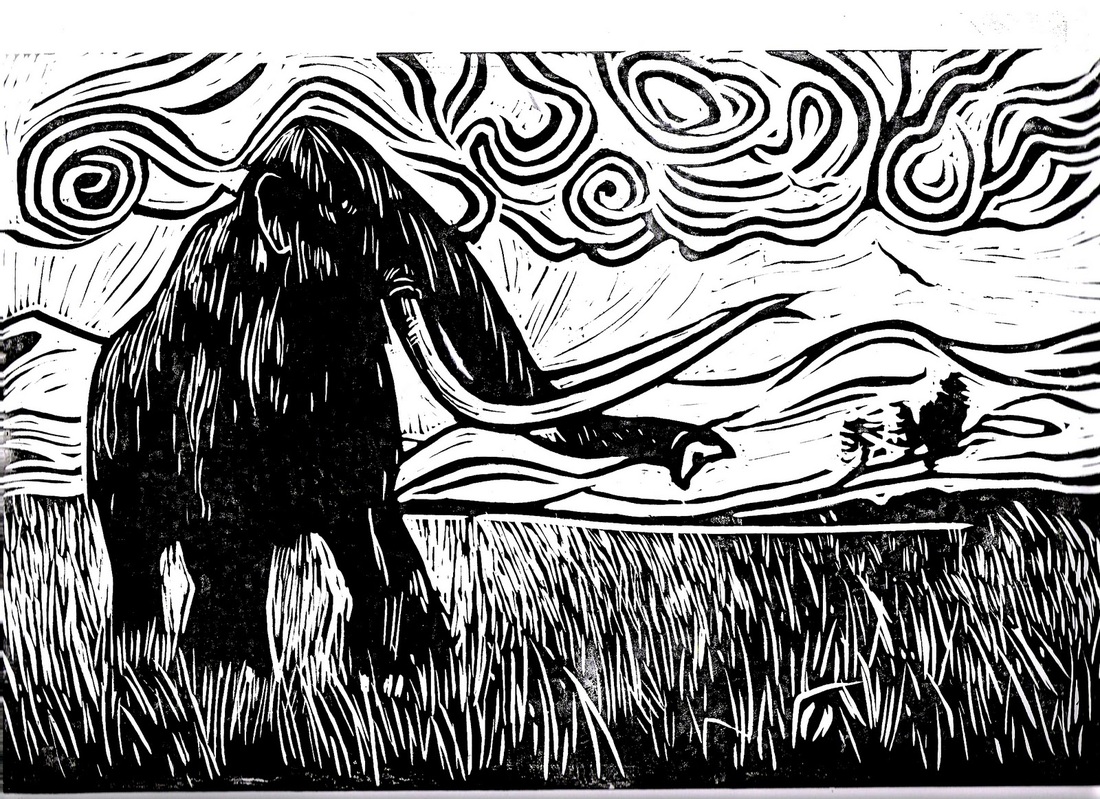
Project Demonstration
Student Work
Printmaking Comments








